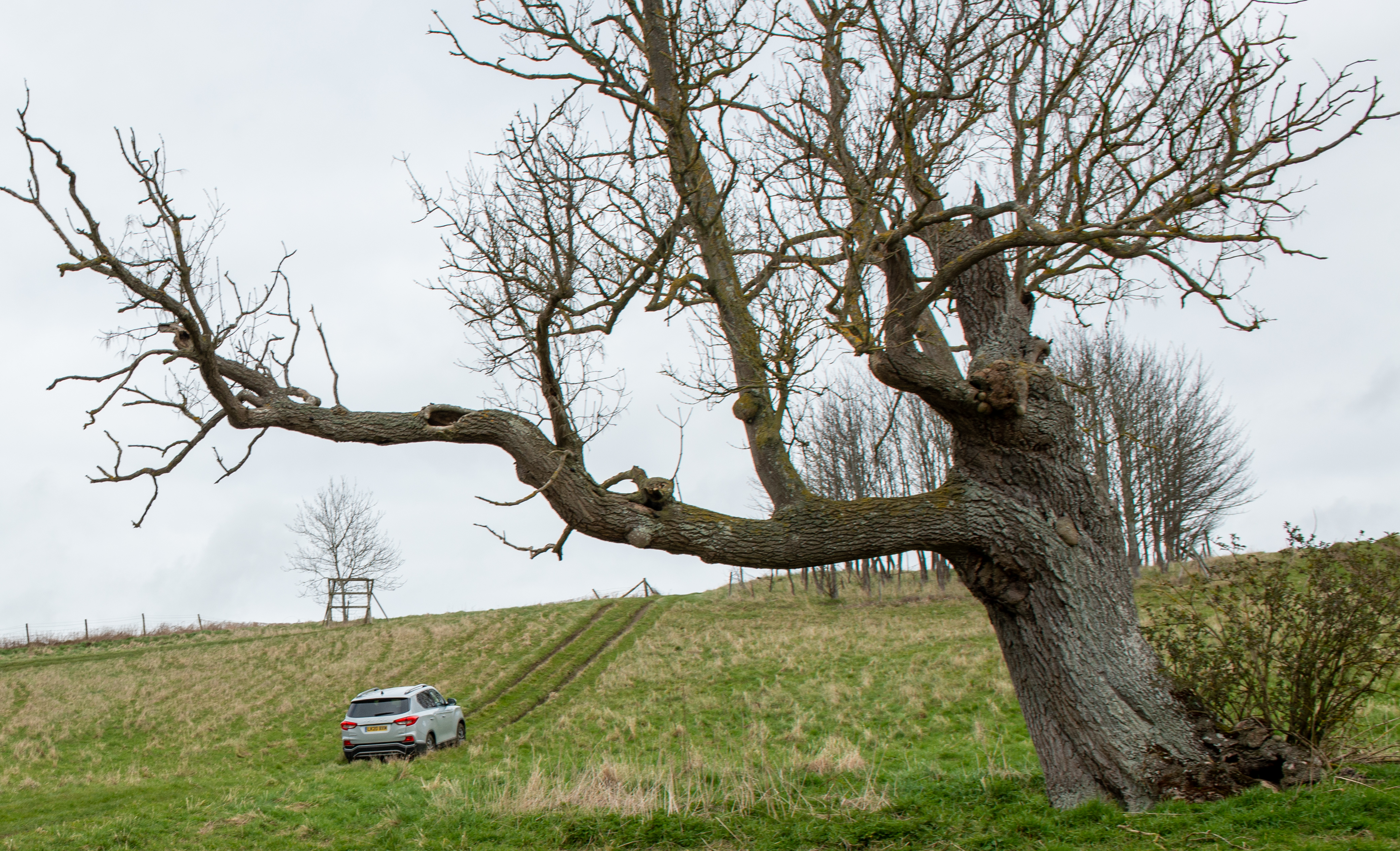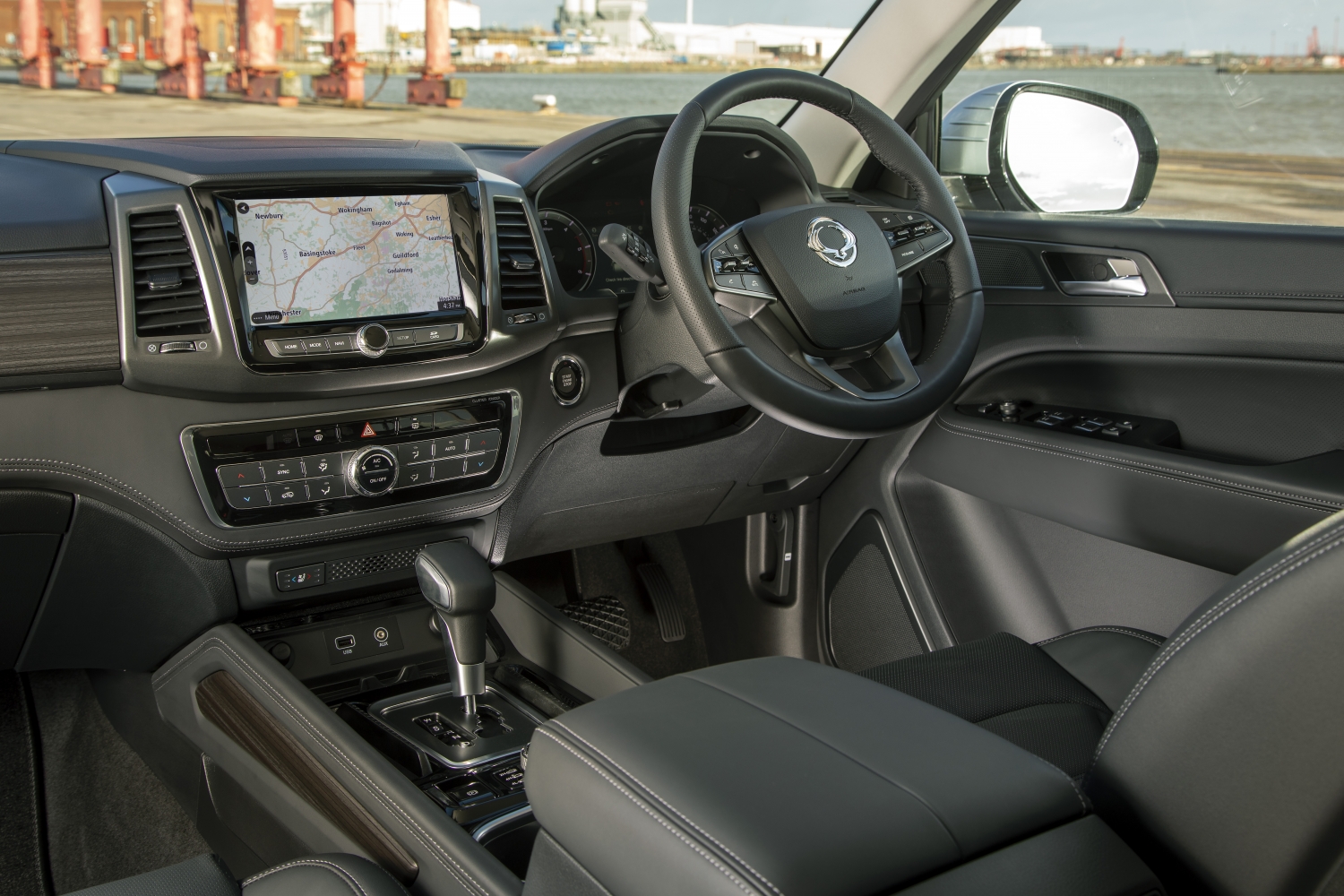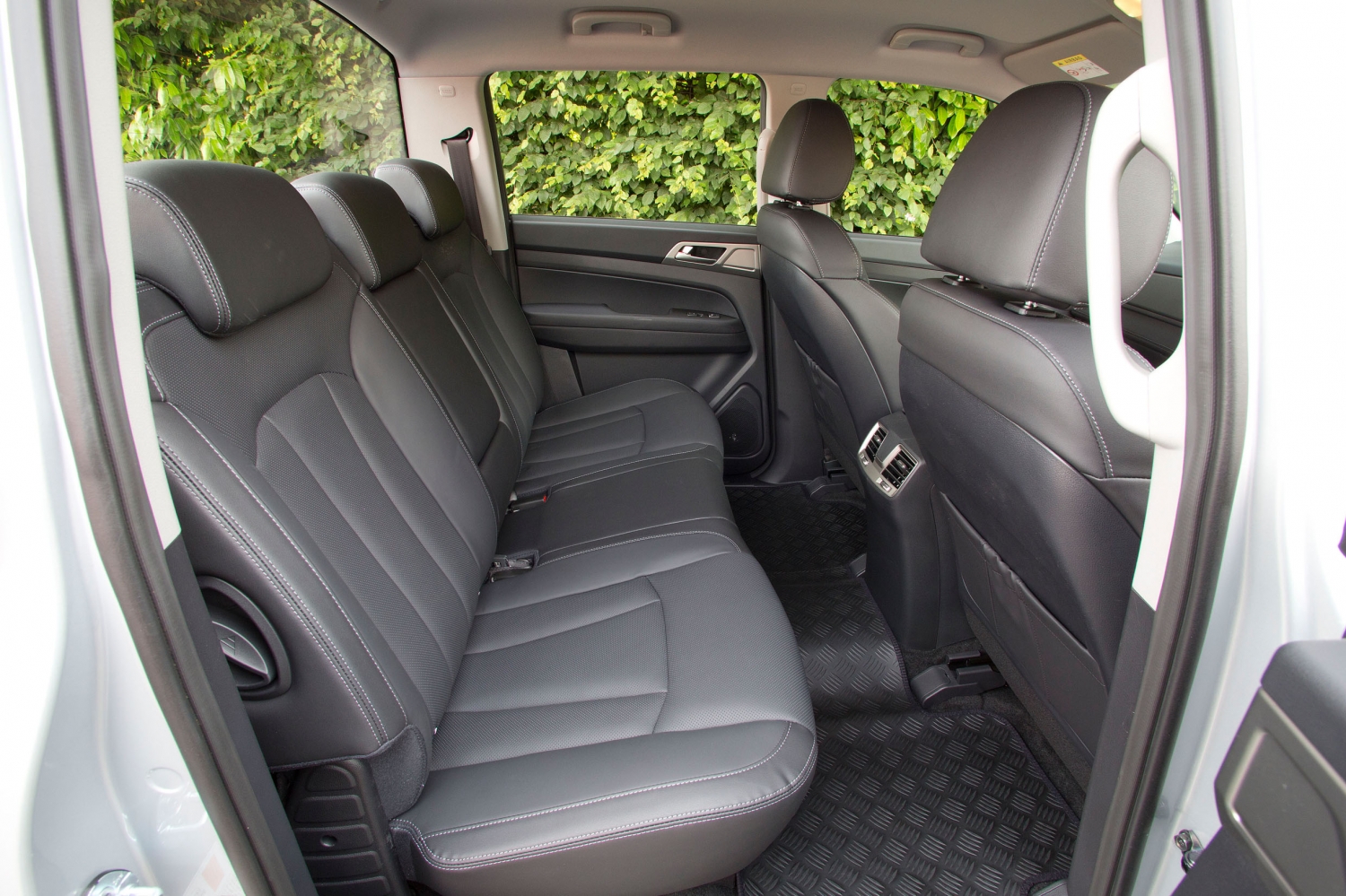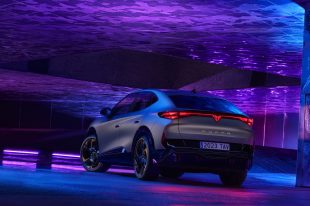Getting down and dirty with Ssangyong: can its Musso and Rexton 4x4s really cope off-road?
Easy Riders and Raging Bulls
IN HIS days as a professional rugby player, Phil Vickery was known as “Raging Bull”, and it’s immediately obvious why. I’m sitting in the passenger seat of a Ssangyong Musso pick-up watching the former England Rugby captain and Ssangyong ambassador charge off into the field in a Rexton 4×4 SUV as if chasing a kick-off in the 2003 World Cup final.
While I’m sitting beside an off-road instructor, who’s under instructions to show me around a course of middling trickiness, Vickery has only his wife for company — he’ll just crack on, thank you very much. Field: be afraid; be very afraid.
It’s not long before he runs into trouble. Our Rextons and Musso pick-ups have been shod in what were described to me by the off-road specialist at my side as “more than road tyres”, rather than proper off-road rubber, but even the most extreme tyres can’t help if you’re not carefully reading the terrain, and Vickery manages to beach his car while crossing tractor tracks. The ground is exceedingly soggy and, although the Rexton has up to 182mm of ground clearance, it’s not enough.
Fortunately, with a pro beside us who knows the lay of the land, we have no such issues during our time in the Musso, and the Rexton also manages to keep moving whatever the off-road course throws at us.
Both models feature not only four-wheel drive (rear-wheel drive can be selected for road use, with you able to switch between the two while moving) but also hill descent control, low range gears and electronic torque distribution, which sense grip in each corner and adjusts wheel slip to improve traction and improve stability. Neither car comes with a locking differential, though we didn’t need it.

Grass can be deceptively slippery when wet, and although the weather was fine during our day’s driving, the ground was sodden in many places, especially towards the bottom of the hillside. This made it easy for the car to slide around but it never felt out of control. The trickiest section was on a side slope where the ground was being mashed up and deep mud had formed, where both cars began to slide down the hill before it could be caught by steering into the slide and gentle use of the throttle.
The Musso was much cruder than the Rexton on the road (the ride is hideous, truth be told) and in this situation, with no weight on the cargo bed (and therefore over the rear wheels), the rear end was more keen to travel down the hill than the front, though the stability control did kick in to keep us from pointing towards the sky and sliding backwards down the hill. The Rexton’s weight does it no favours, of course — it’s a 2.1-tonne car (kerb), meaning it will naturally want to head downwards — though it does mean the wheels are given as much chance to dig in as possible.
It was noticeable on both cars that throttle response at the very lowest end of the rev range is a little abrupt, meaning even a millimetre of pedal travel resulted in a decent wedge of power – sometimes a little too much for the circumstances. Both Rexton an Musso could do with a more gradual power delivery at the bottom end of the rev range, especially when the low range transmission is engaged, to help prevent wheelspin, though with some practice the driver can learn to be ultra-gentle with the right foot.
On straight ascents and descents, with hill descent control engaged the Musso and Rexton managed to stay pointing in the right direction by applying brakes to each wheel as required. For more extreme declines the low-range ‘box is a godsend, allowing the engine to help control the vehicles’ speed, which helps take the pressure off the brakes.

With the 7-speed Mercedes-Benz automatic transmission fitted to the Rexton, hill starts proved a breeze in either high or low range, the turbocharged 2.2-litre Euro 6 diesel engine delivering up to 179bhp and 310 lb ft of torque. That compares with 174bhp and 332 lb ft from the Toyota Land Cruiser’s 2.8-litre diesel, though maximum torque in the Rexton comes from 1,400rpm, versus 1,600rpm in the Toyota.
The Rexton’s powerplant is also good for an impressive 3.5-tonne towing capacity. This makes it an obvious choice for caravanners over, say, a Kia Sorento 4×4. It’s also worth noting that the Rexton is pretty decent on-road, with a comfortable ride and decent handling thanks to a stiff shell and pliant suspension, with soft springs but strong damping, and both Ssangyongs are loaded with luxuries.

Even entry-level fourth-generation Rextons offer touchscreen infotainment with Apple Carplay and Android Auto, air conditioning, and front and rear parking sensors, while mid-spec models add heated seats and steering wheel. In Ultimate trim as driven here you get surround-view monitoring (with cameras pointing at the front wheels, to aid off-road), an electric tailgate and ventilated (cooled) front seats. It even comes with Nappa leather upholstery.
If that’s not surprising enough, consider that the Musso (below) has heated rear seats in Ultimate trim. That’ll keep the collie warm on a cold day.

The Rexton’s weight means it can’t compete with the Korando on fuel economy (you could get an extra 10 miles for every gallon of fuel with the equivalent diesel engine, roughly), though the Korando and Musso would drive rings around the Kia when the terrain got tough.
With prices at £37,500 for the Rexton 2.2 Diesel in Ultimate trim, the only real consideration for those who need proper off-road capability would be whether or not to go for a used Land Rover Discovery Sport, maybe, though a seven year warranty on the Ssangyongs may swing it.
A warranty like that is just the sort of thing you’d need if you drive a Rexton like a Raging Bull.





